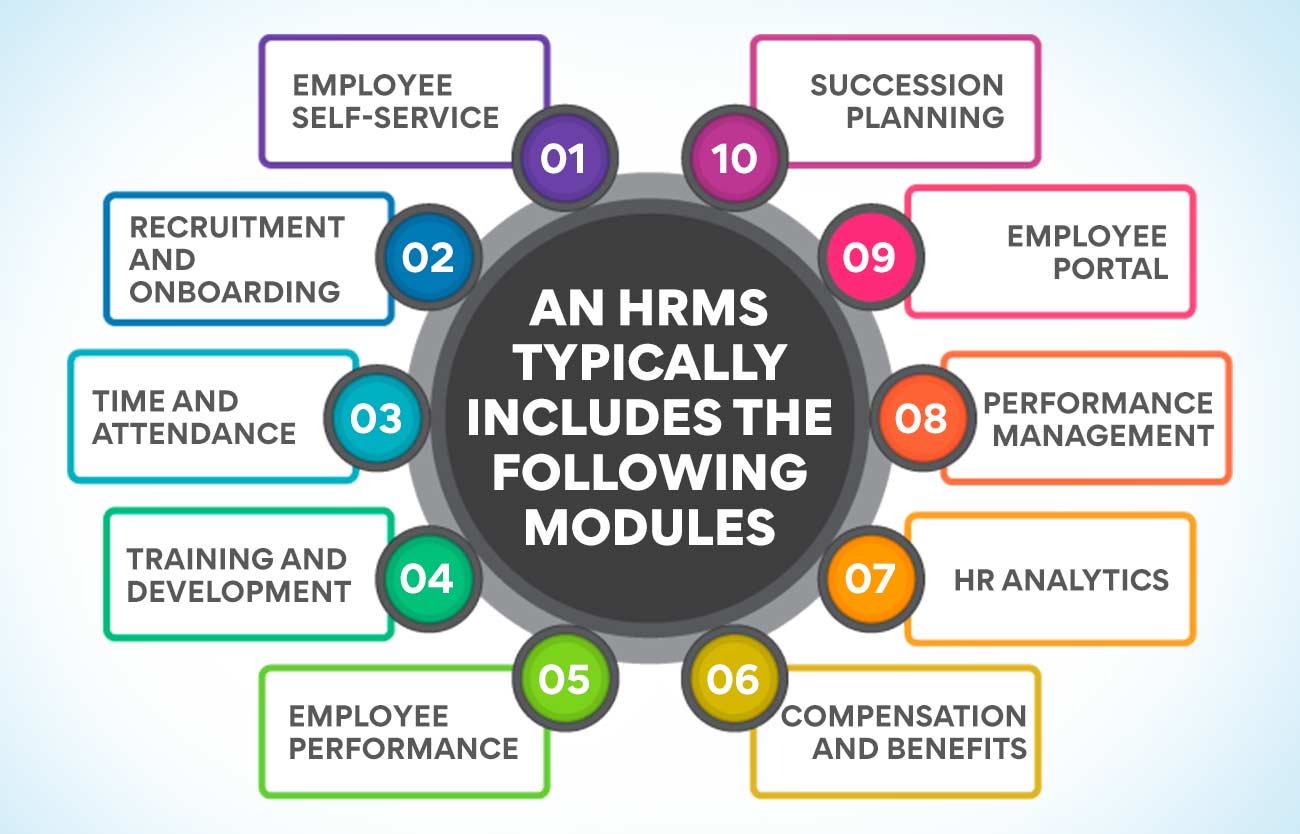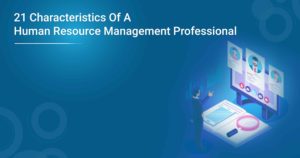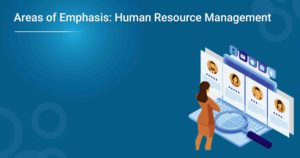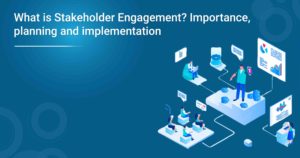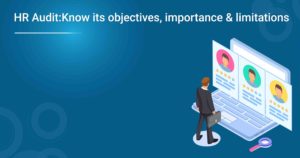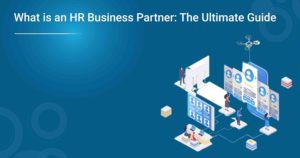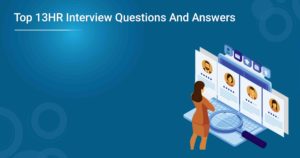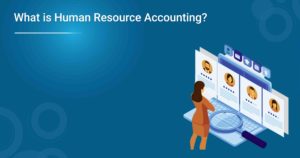If you’re running a business, you know that human resources are the essence of your success. Managing your employees effectively is critical, and that’s where a human resource management system comes in handy. It is a software application created to help businesses manage employee information. It can include features such as payroll processing, benefits administration, and recruiting and training modules.
This blog will discuss the basics of human resource management systems and how they can help your business run more efficiently!
Human Resource Management System (HRMS): An Overview
HRMS (human resource management system) is a systematic solution that helps organisations manage employee data. HRMS systems streamline and automate various human resource processes, including onboarding, administration, performance management, and more.
One of the many great advantages of an HRMS is that it can help organisations keep track of employee data in one central location. It can make it easier for managers to access employee information and run reports. Additionally, an HRMS can automate many time-consuming tasks, such as calculating payroll taxes and generating benefit statements.
If your organisation is considering implementing an HRMS, choosing a system that will fit your specific needs is essential. There are a variety of HRMS systems on the market, so it becomes imperative to do your research and select a system that will work well for your organisation.
History Of HRMS: Down The Memory Lane
HRMS is a software application that manages the administrative functions of an organisation’s human resources department. The early pioneers in HRMS were designed to help organisations keep track of employee information and to manage payroll and benefits administration. Today, HRMS systems are used by organisations of all sizes to manage their human resources.
The human resource management system (HRMS) has been around for centuries in one form or another. The history of HRMS can be traced back to the times when human resources were first organised into a formal function within organisations. Early arrangements of HRMS were designed to help organisations keep track of employee information and to manage payroll and benefits administration. During the 1970s and 1980s, HRMS systems evolved to include employee self-service and performance management features. In the present day, HRMS systems are used by organisations of all sizes to manage their human resources.
The earliest HRMS systems were developed in the late 1970s when organisations began to use computers to store employee data. These early systems were primarily used for record-keeping and tracking employee information, such as addresses, phone numbers, and dates of birth.
In the 1980s, HRMS systems evolved into tools to help organisations manage their workforce more effectively. These systems included features such as employee self-service portals and online benefits enrollment.
Today, HRMS systems are even more sophisticated, offering various features and capabilities to help organisations manage their human resources more effectively. Some of the most popular HRMS features include applicant tracking, employee self-service, time and attendance tracking, and performance management.
Did you know learning about HRMS can be fruitful for your HR career? For stepping into the shoes of a proficient and responsible HR, you must learn HRMS in detail. We offer a detailed PG certificate course that will take you through every critical aspect of human resource management. Want to get a share of professionalism? Check out our Post Graduate Certificate in Human Resource Management. Hurry, we are closing our November batch soon!
Why Is Human Resource Management System Essential?
Human resource management is imperative for any business or organisation. It helps to ensure that the workforce is properly managed and utilised. Additionally, human resource management can help to improve communication and coordination within a company. By having an effective human resource management system in place, businesses can save time and money while also improving employee morale.
Human resource management systems can help businesses keep track of employee information, performance, and attendance. Additionally, human resource management systems can help automate many tasks associated with human resource management, such as payroll and benefits administration. By using a human resource management system, businesses can more effectively manage their human resources and improve their overall efficiency.
Also Read: Key Objectives of Human Resource Management
Keep track of employee information
One of the essential benefits of HRMS is that it allows managers to keep track of employee information in one central system. It includes employee contact information, job titles and descriptions, performance reviews, and attendance records. The data is precious when it comes to making decisions about things like promotions, raises, and disciplinary actions.
Improve communication and collaboration
An HRMS can improve organisational communication and collaboration by providing a central repository for employee information. It will include contact information, job descriptions, performance reviews, and more. Making this information accessible to all employees can help facilitate better communication and collaboration.
Reduce costs and inefficiencies
An HRMS can help your organisation keep track of employee performance and compliance with company policies. By reducing the amount of paperwork, you can also save on storage and administrative costs. In addition, an HRMS can help you automate tasks such as time tracking, payroll, and benefits administration.
Automate many HR processes
The human resource management system is a technology solution for managing your human resources in an organisation. By automating many HR processes, an HRMS can save your organisation time and money. An HRMS can help you manage employee data, onboard new employees, track employee performance, and more. Automation of these processes will eventually improve efficiency and productivity in your HR department.
Compliance with employment laws and regulations
Human resource management systems can automate many processes and tasks associated with compliance. For example, an HRMS can remind managers when employee performance reviews are due or when safety training must be completed. HRMS can help ensure that your organisation complies with employment laws and regulations.
Save Time And Money
The system is a comprehensive solution for managing your employee data. It can help you keep track of employee roles and responsibilities, contact information, payroll, and benefits. An HRMS can automate many of the tasks associated with human resources, freeing up your time to focus on more strategic initiatives. It can also help you reduce costs related to human resources administration.
Improve communication between managers and employees
An HRMS can improve communication between managers and employees by providing a central repository for employee information. It will make it easier for managers to find contact information, view employee records, and track employee performance. An HRMS can also help automate communication between managers and employees by sending automatic reminders or notifications about essential deadlines or updates.
HRMS is a centralised system that stores employee data and information. The primary purpose of an HRMS is to streamline and automate human resource processes, including recruitment, onboarding, performance management, and benefits administration. With all these benefits, HR professionals can optimise their resources.
How HRMS Works?
The HRMS covers all aspects of human resource management, making it seamless. It automates and streamlines HR processes, making them more efficient and effective. The system also provides tools for managing employee data, tracking employee performance, and improving communication between employees and managers.
An HRMS typically includes the following modules:
- Employee self-service: Allows employees to update their personal information, view and print their payslips, and request leave.
- Recruitment and onboarding: Automates the recruitment process, from job posting to offer letter generation.
- Time and attendance: Tracks employee attendance and leave balances.
- Training and development: Tracks employee training records and certifications.
- Employee performance: Manages employee performance reviews and goal setting.
- Compensation and benefits: Tracks employee compensation and benefits data.
- HR analytics: Generates reports on HR metrics, such as employee turnover and engagement.
- Performance management: Manages employee performance reviews and goal setting.
- Employee portal: Provides employees with a central location to access all HR information and tools.
- Succession planning: identify high-potential employees and create development plans to prepare them for leadership roles.
Types of Human Resource Management Systems
Human resource management systems come in all shapes and sizes. There are many different human resource management systems, each with advantages and disadvantages. Take a look at the types of human resource management systems:
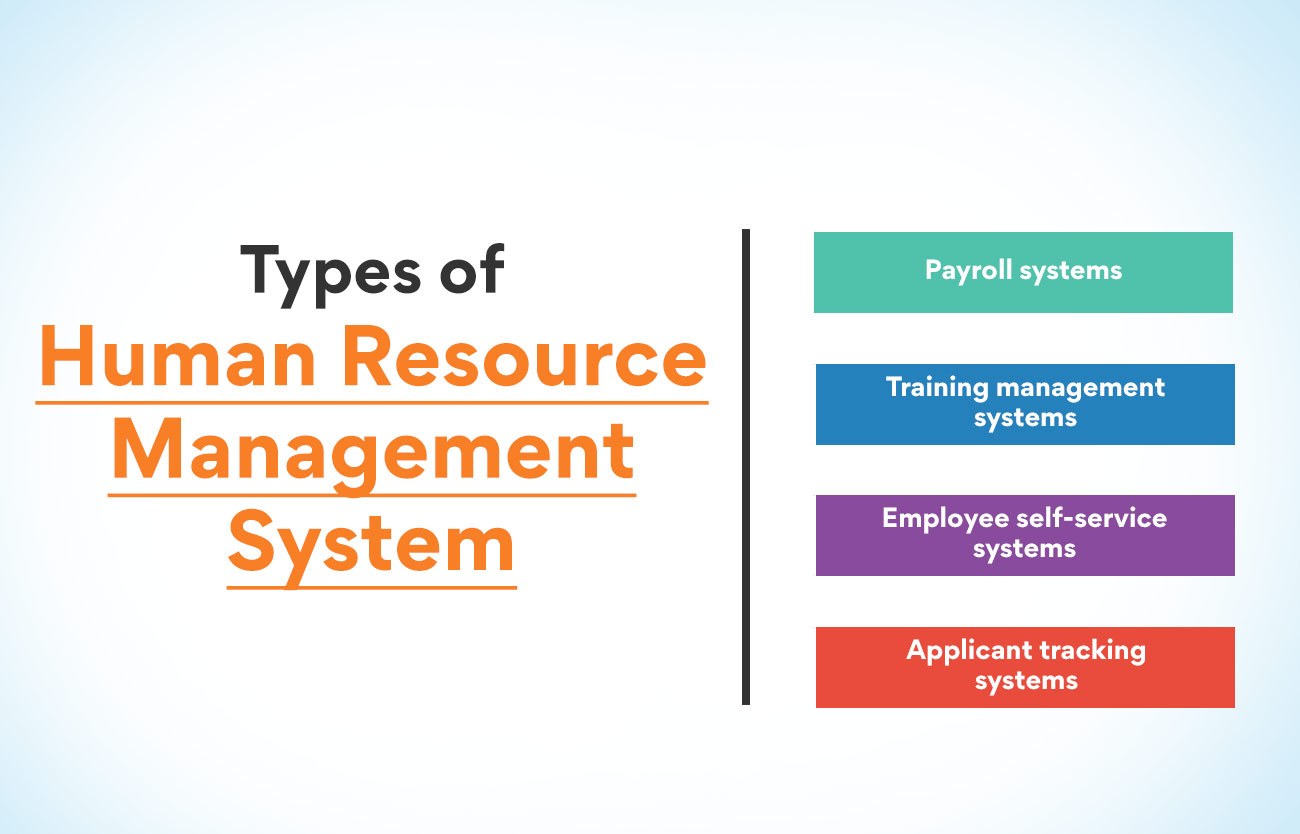
Payroll systems: These systems help businesses keep track of employee salaries, vacation days, and other important payroll information. It is essential to choose a payroll system that is compatible with your company’s accounting software. This HRMS helps ensure that your employees are paid on time and efficiently manage their payroll information.
Training management systems: These systems help businesses track employee training records and ensure that all employees are updated on the latest company procedures and policies. Training management systems can also help businesses plan and budget for future training needs.
Employee self-service systems: Human resource management systems help employees to update their personal information, view their pay stubs and request time off. These systems are typically accessed through a web portal.
Applicant tracking systems: These systems help businesses track job applicants and manage the hiring process. The applicant tracking system can be used to post job openings, track resumes, and conduct interviews.
HRMS Vs HRIS
As mentioned earlier, the human resource management system is a software application that covers all aspects of an organisation’s human resources, from recruitment and onboarding to time and attendance tracking.
On the other hand, the human resource information system (HRIS) is a subset of the HRMS that contains only the data and information management component. The HRIS tracks employee data, such as contact information, job titles, salary history, and performance reviews.
While both terms can be used as replaceable, there is a difference between an HRMS and an HRIS. An HRMS is a comprehensive system that covers all aspects of human resources, while an HRIS is limited to employee data and information management.
If you’re considering implementing a human resource management system in your organisation, it’s essential to understand the difference between an HRMS and an HRIS. Doing so will help you choose the right system for your needs.
Also Read: Role Of Human Resource Management in an Organization
How To Ensure Stringent Security In HRMS?
The security of your HRMS data is of utmost importance. After all, it contains sensitive information about your employees. To ensure that this data is safe, you need to choose an HRMS with robust security measures.
Regarding security, there are a few key factors to look for in an HRMS. First, you’ll want to ensure that the system is hosted on a secure server. A firewall and other security measures should protect the server.
Another essential factor to consider is how the HRMS handles data backups. You’ll want to choose a system that automatically backs up data regularly. This way, if there is ever a problem with the system, you can rest assured that your data is safe and sound.
Finally, you’ll want to choose an HRMS that allows you to control who has access to your data. It means that you should be able to set permissions and restrict access to certain system areas.
Considering these factors, you can ensure that you choose an HRMS with solid security measures.
Conclusion
In layman’s terms, a human resource management system or HRMS is software helping businesses manage employee data. It can be used to track employee roles and responsibilities, performance, and skills. A human resource management system can also help companies to automate payroll and benefits processes. By automating these processes, businesses can improve efficiency and save time.
HRMS has become the need of the hour for businesses of all sizes. It can strengthen the core human resource functions and help businesses manage their employee data more effectively. Businesses should consider their specific needs and budget when choosing an HRMS system.
Be it a professional or even a beginner in human resource management wanting to take their career to the next level; everyone should know everything about the human resource management system (HRMS). For a detailed understanding of HRMS, we have a PG certificate course that can help.
Let your HR career take a flight with Post Graduate Certificate in Human Resource Management. Check out the course today!
More information:
Breaking Down The Scope Of Human Resource Management
Nature and Objectives of Human Resource Management
Evolution Of Human Resource Management: Past and Future







